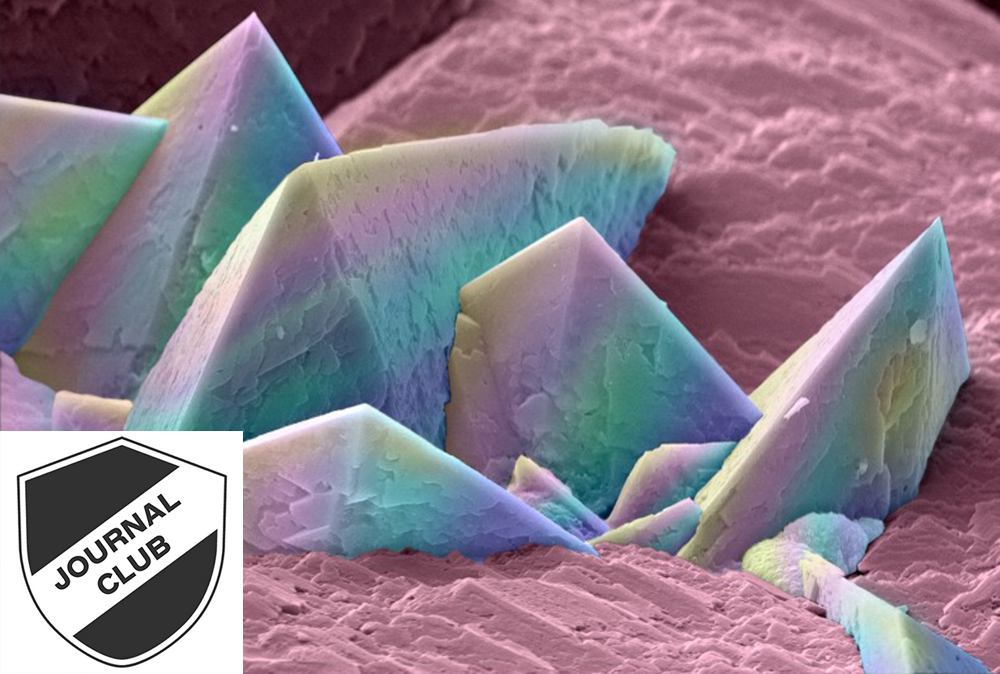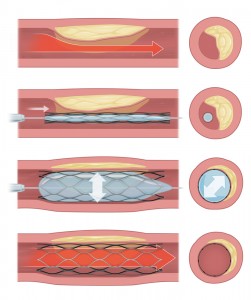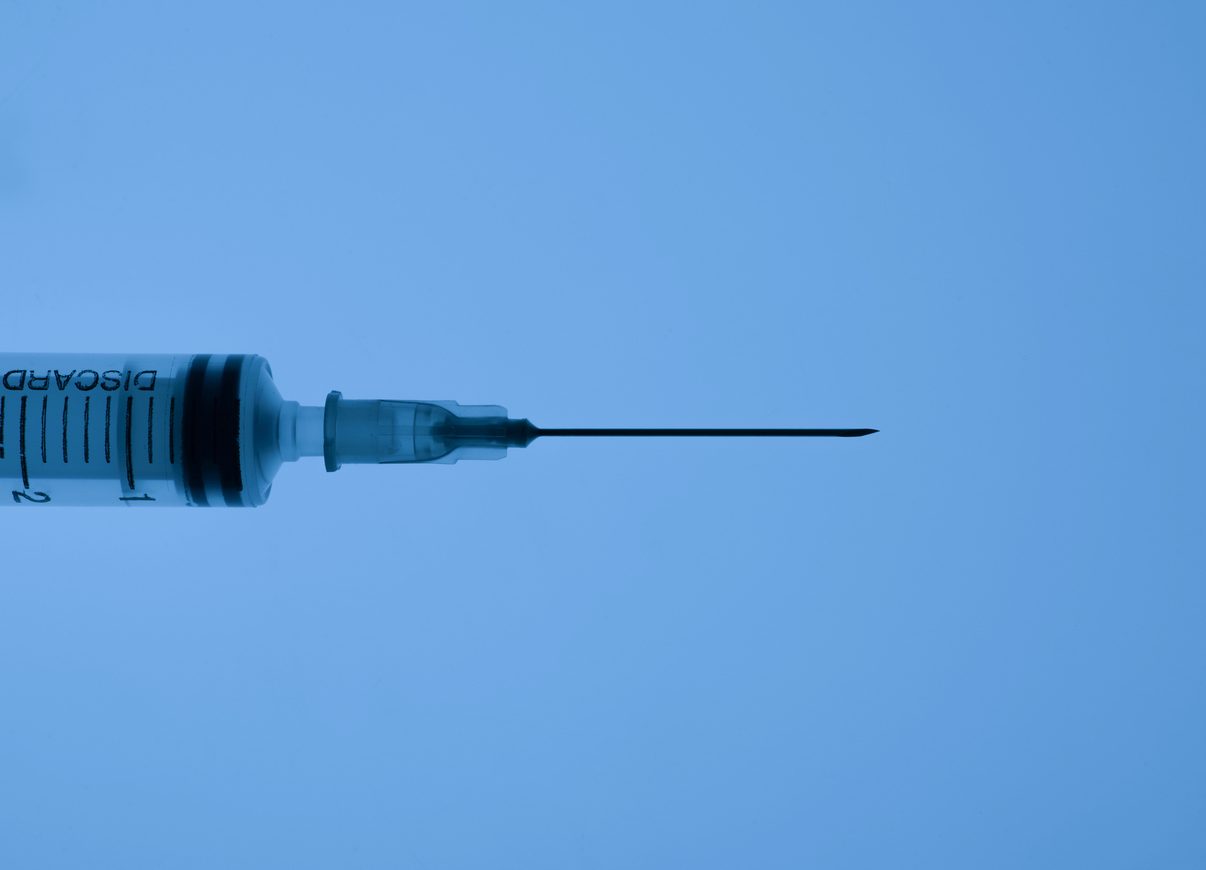Richard’s Reviews: rethinking clinical management: kidney stones & heart attacks
Posted on 15th October 2014 by Pishoy Gouda

From Richard’s Reviews recently, we highlight the importance of evidence-based medicine in rethinking how we manage patients with kidney stones (nephorlithiasis) and heart attacks (myocardial infarctions).
Ultrasonography versus Computed Tomography for Suspected Nephrolithiasis
In this article from the New England Journal of Medicine we find that patients that received an ultrasound initially, rather than a computerised tomography (CT) scan had exactly the same risk of complications, adverse events and pain score. However, they did save their bodies from a nasty dose of radiation.
Nephrolithiasis
Kidney stones usually present very obviously. Incredibly painful waves that occur in the flanks +/- blood on urination. The treatment for this varies slightly depending on the size of the stone and complication, but the vast majority of stones can be passed independently with some strong painkillers to help with the pain, such as diclofenac. Unfortunately, the picture can get a little murky sometimes because patients have been known to fake the symptoms of kidney stones to get emergency department physicians to prescribe some strong analgesics. This is where the use of imaging might help out! The two most common options are ultrasound and CT.
What the study shows
In this study of 2,759 patients, we see that both types of imaging had very similar accuracy in detecting stones (ready about sensitivity and specificity here). There was no significant difference of complications between the two groups. However, the ultrasound group was exposed to much less radiation (9.3mSv vs 17.2mSv). To put that in perspective, a 10mSv exposure is associated with a 1:1000 change of developing a cancer.
Take home message
CT scans may be indicated in specific instances. However, routine use of CT scanning for kidney stones should be questioned.
Outcomes 1 Year after Thrombus Aspiration for Myocardial Infarction
Another article from the New England Journal of Medicine questions the routine use of manual removal of clots, thrombus aspiration, in patients with heart attacks or specifically ST Elevation Myocardial Infarctions (STEMIs).
Thrombus Aspiration
STEMIs are caused for the most part by bits of cholesterol that clog up the arteries that provide nutrients and oxygen to the heart. So at first glance it makes sense that before putting in any stents that removal of these clots should help out. There was one study previously done called the TAPAS trial that showed that this might be of benefit in the long run. However, it is important to note that this trial was not powered enough to make that call! (Read up about Power in study trials here) That is one of the reasons why this trial, TASTE, was undertaken.
What the study shows
In this study of 7244 patients, there were two groups. One group received thrombus-aspiration and primary coronary intervention (also known as stenting, PCI is the opening of coronary arteries with a mechanical device that stays in the artery). The other group only received PCI. Between both groups death rates were similar, stents failed in a similar amount of people and rehospitalisation occurred in exact same proportion.
Take home message
Doing more does not always mean better! It’s important before taking on a research question to make sure that study has sufficient power so that your results are taken seriously and are real!
Have a look at Richard’s full review here.
Featured image: Credit: Wellcome Collection, close up of kidney stone crystallization.






No Comments on Richard’s Reviews: rethinking clinical management: kidney stones & heart attacks